When Dave Smith, 59, was a boy, he used to sled down the backside of 10-story-tall Monks Mound. The same Monks Mound, from which 1,000 years ago a Native American chief ruled a six-square-mile community of 10,000 to 20,000, larger in its day than the city of London.
Now Smith, a school social worker, shows the mound more respect as a part-time guide for the 69 (of the original 120) mounds that comprise Cahokia Mounds State Historic Site in Collinsville, Ill., 13 miles east of St. Louis. The mounds, he says, were constructed by humans with stone hoes and baskets to cart the dirt, unaided by pack animals or wheels.
Today at Cahokia, those of us who take notes have been requested to wear badges around our necks that announce “Writing Permit.”
“Preservation,” Smith says, “is a process.” Only in recent decades have area residents come to appreciate fully the monumental earthen pyramids of Cahokia, a community born in about 700 A.D. that blossomed into the greatest metropolis in North America north of Mexico. An agricultural society, the Mississippians traded surplus corn for copper and sea shells in a network that stretched from the Great Lakes to the Gulf of Mexico and from the Atlantic to the Ozarks.
Mound 72, only six feet high, revealed during a 1967-1971 excavation the remains of 300 humans—their flesh allowed, says Smith, “to rot off bones until they buried you.” Among those excavated were the chief, buried on a bed of shells from the Gulf of Mexico; several men absent their hands and heads; and women, perhaps wives of the chief, buried carefully on top of one another. “Women didn’t seem to do very well in this society,” Smith says.
What caused the population to vanish by about 1300? That’s a mystery, but Smith lists some of the possible culprits: climate change, internal strife, conflict with other groups, depletion of resources, soil exhaustion (growing corn in one place for 300 years without fertilizer or irrigation), pollution from thousands of 24-hour campfires and disease.
Some theories as to the cause of Cahokia’s disappearance Smith politely dismisses with, “No evidence.” He recently had a visitor from China blame the population’s disappearance on Chinese explorers in North America who brought disease. Other visitors to Cahokia, Smith recalls, kept looking for landing sites on the mounds and blamed the community’s death on aliens.


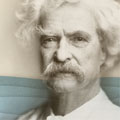
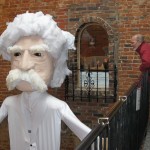
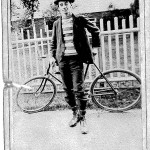
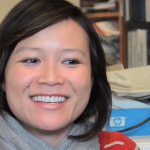
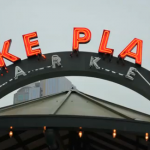
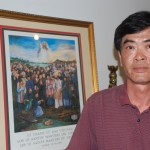
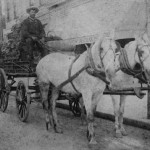

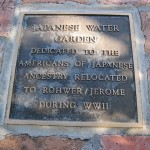
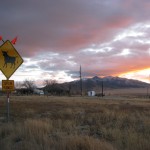
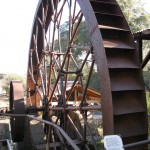
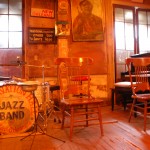




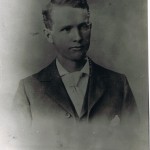


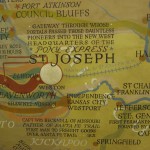


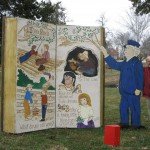

Been following the trip– we need to see more pictures. The written commentary is fine, but on the web, pictures bring the words to life. Lots of pictures of places you go, people you meet, your Caravan in transit.